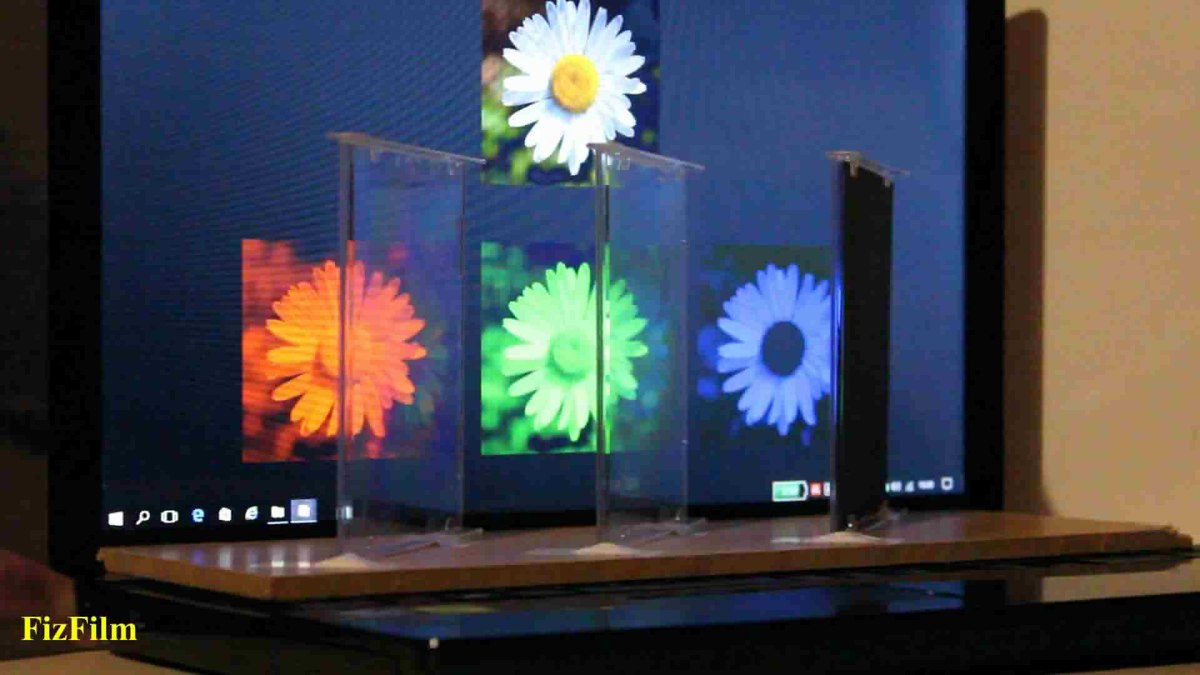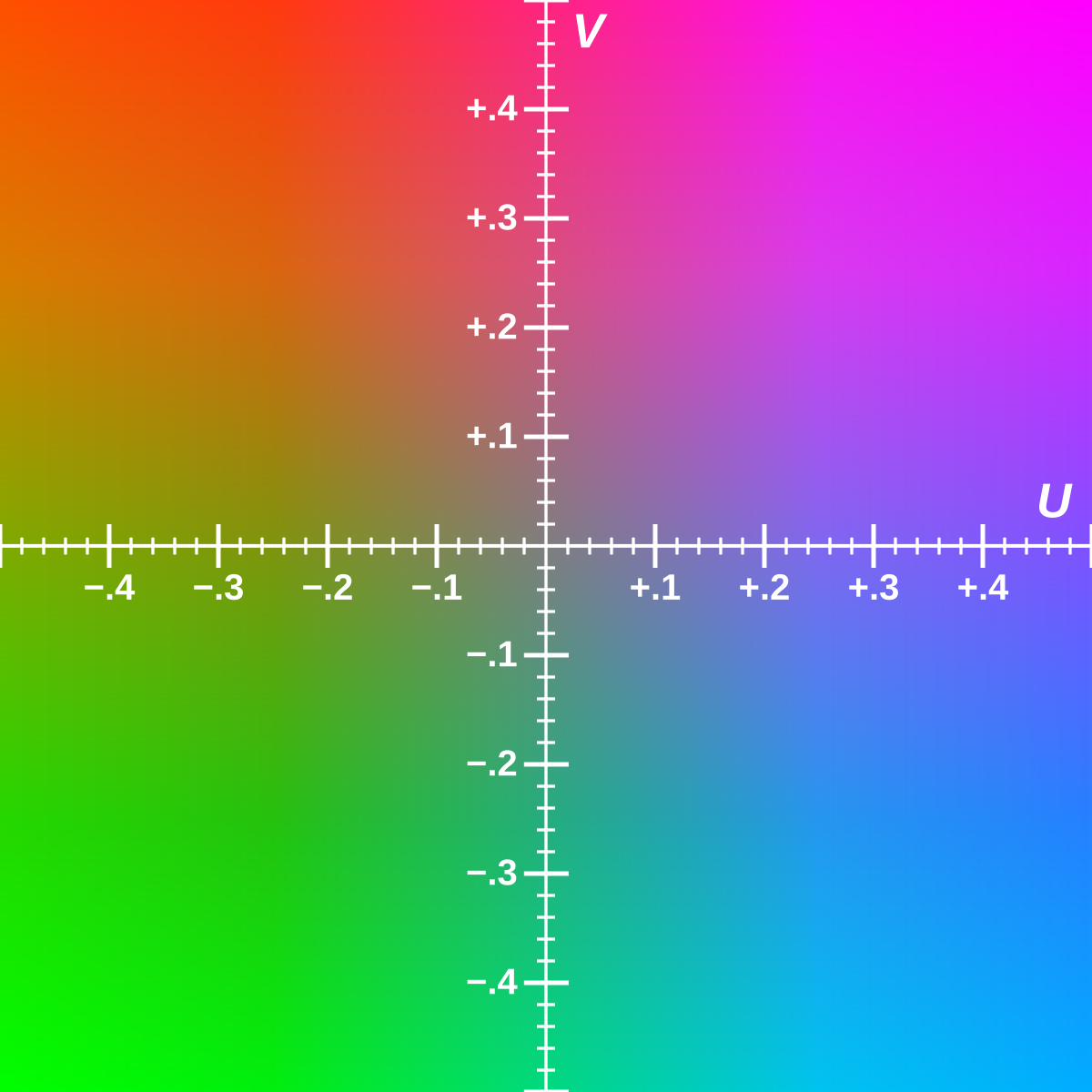Shadowy Man
Contributor
those kinds of images, which I myself have taken, are usually done with black/white cameras with color filters. The so-called “false color” is done to emphasize specific physical and/or chemical structures of interest and not to appear as they would to the eye.One I ran into recently. Camera response to color is not the same as human eye response to color. When dealing with typical things illuminated by light distributed across the spectrum it works well enough. When dealing with light sources which are not proper spectrums it can fail very badly. Nebulae of excited gas emit at specific frequencies depending on what they are made of. Some of those are in the visual spectrum and you can end up with an image that looks very different to the naked eye vs the camera.
Not sure what you mean by “proper spectrums” though.




